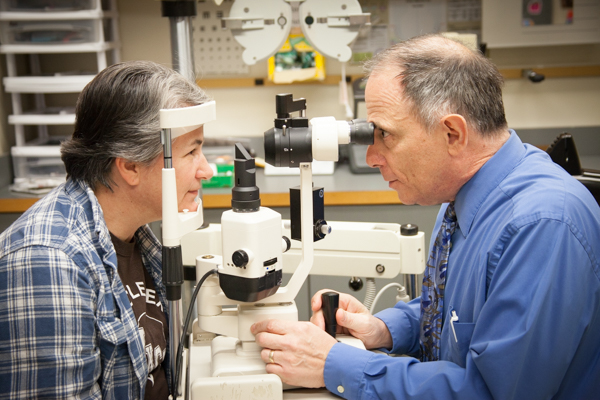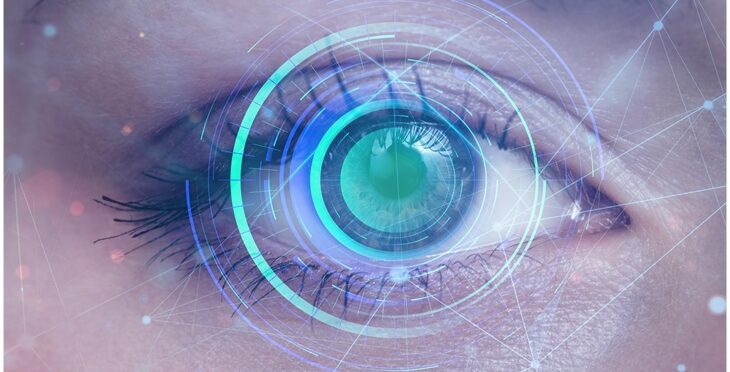The Function of Advanced Diagnostic Tools in Identifying Eye Disorders
In the realm of ophthalmology, the application of innovative diagnostic devices has actually changed the very early recognition and administration of different eye conditions. From spotting subtle modifications in the optic nerve to monitoring the development of retinal conditions, these innovations play an essential role in boosting the precision and efficiency of detecting ocular problems. As the need for accurate and prompt medical diagnoses continues to grow, the assimilation of sophisticated devices like optical coherence tomography and visual area testing has actually ended up being important in the world of eye treatment. The detailed interaction in between innovation and ophthalmic methods not only clarifies elaborate pathologies however additionally opens up doors to customized treatment techniques.
Significance of Very Early Medical Diagnosis
Very early diagnosis plays a pivotal role in the effective management and therapy of eye disorders. Timely identification of eye problems is important as it enables punctual treatment, possibly avoiding additional development of the illness and reducing long-lasting problems. By finding eye conditions at a very early stage, doctor can provide suitable treatment strategies tailored to the specific problem, eventually resulting in better results for people. Very early medical diagnosis allows clients to gain access to necessary support solutions and sources faster, boosting their overall high quality of life.

Technology for Spotting Glaucoma
Advanced analysis innovations play an essential role in the early detection and tracking of glaucoma, a leading cause of irreparable loss of sight worldwide. One such modern technology is optical coherence tomography (OCT), which provides in-depth cross-sectional images of the retina, enabling the measurement of retinal nerve fiber layer thickness. This dimension is necessary in examining damage caused by glaucoma. One more advanced device is visual area screening, which maps the level of sensitivity of an individual's aesthetic field, assisting to spot any type of locations of vision loss quality of glaucoma. In addition, tonometry is made use of to determine intraocular pressure, a major danger element for glaucoma. This examination is vital as raised intraocular pressure can lead to optic nerve damage. Additionally, more recent modern technologies like using artificial knowledge formulas in assessing imaging information are showing encouraging outcomes in the very early detection of glaucoma. These sophisticated analysis tools enable ophthalmologists to identify glaucoma in its onset, permitting prompt intervention and better monitoring of the condition to why not check here avoid vision loss.
Duty of Optical Comprehensibility Tomography

OCT's capacity to evaluate retinal nerve fiber layer thickness allows for exact and unbiased measurements, helping in the early detection of glaucoma even prior to aesthetic field issues end up being evident. OCT modern technology permits longitudinal surveillance of architectural changes over time, promoting individualized treatment strategies and timely treatments to help maintain clients' vision. The non-invasive nature of OCT imaging likewise makes it a recommended choice for keeping an eye on glaucoma progression, as it can be try this out duplicated regularly without causing discomfort to the individual. On the whole, OCT plays an important role in boosting the analysis accuracy and management of glaucoma, ultimately contributing to much better outcomes for people at threat of vision loss.
Enhancing Diagnosis With Visual Field Testing
A necessary component in extensive ocular evaluations, visual field screening plays a pivotal function in improving the analysis procedure for different eye conditions. By examining the complete level of a client's visual field, this test supplies critical information concerning the useful honesty of the whole aesthetic path, from the retina to the aesthetic cortex.
Aesthetic area screening is especially beneficial in the medical diagnosis and management of problems such as glaucoma, optic nerve conditions, and different neurological illness that can affect vision. Through quantitative dimensions of peripheral and central vision, medical professionals can identify subtle changes that might suggest the presence or development of these conditions, even before recognizable signs occur.
Additionally, visual field testing permits the surveillance of therapy efficiency, aiding eye doctors tailor restorative treatments to individual people. eyecare near me. By tracking changes in aesthetic area performance gradually, healthcare carriers can make enlightened decisions regarding adjusting medications, recommending medical treatments, or implementing various other appropriate procedures try these out to preserve or improve a patient's aesthetic feature
Taking Care Of Macular Degeneration

Verdict
In verdict, advanced diagnostic tools play an essential role in identifying eye problems early on. Technologies such as Optical Coherence Tomography and visual field screening have actually considerably enhanced the accuracy and performance of identifying conditions like glaucoma and macular deterioration.